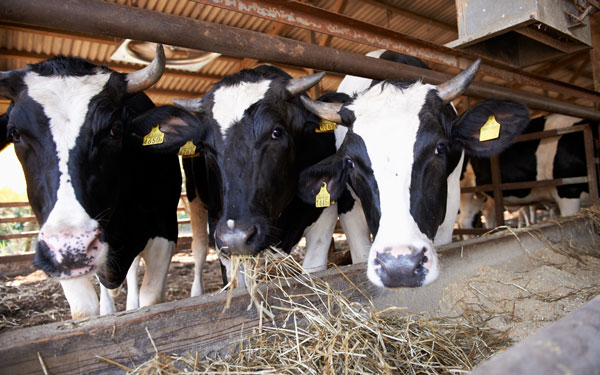
2021.3.8
“Going Over the Line”
Mr. Tatsushi Fujihara, Historian
In everyday Japanese usage, the words hamideru (go over) and hamidasu (stick out) do not have very positive connotations. For instance, in the short-answer testing used in language classes, going over the allotted space results in a loss of points, regardless of the quality of the response. Behind the wheel, going over the shoulder of a narrow road can result in a blown-out tire, or worst-case scenario, a one-way ticket to heaven or hell. If a person is sticking out of the doorway of a packed train, platform attendants will try to push them inside. When your shirttail is sticking out of your pants, an older person might caution you to tuck it in. As these examples show, “go over” and “stick out” indicate that an object has exceeded its boundaries.
Speakers of Japanese will recognize the “hami” portion of the verbs in question being derived from the verb hamu, which is comparable to the English verb “feed.” An example sentence might be something like this: “Cows feed on grass.” The connotation of excess, which makes its way into the verbs discussed above, comes not from the length of the cow’s snout, but from the lengthy fronds of grass being consumed. Thus, hamu involves chomping on food too big to fit lengthwise into the mouth, hence the excessive connotations of hamideru and hamidasu, but I also think it hints at the essential nature of the action we call eating.
Modernization has given us all kinds of practices, but one striking example is the pervasive effort to prevent all manner of things from “going over.” If a product exceeds the size it was designed to be, it loses viability and becomes difficult to package, which hurts marketability. An interesting case study is takuan pickles. In Japan, modernization brought about an increased risk of thiamine deficiency, which was combatted through the mass-production of takuan, a pickle made by fermenting daikon radishes in rice bran. The majority of these pickles made their way into military rations, but to streamline the process, daikon were artificially selected to fit perfectly into the pickling barrels. For a product to be produced, distributed, and consumed in massive quantities, it is essential not to go over the prescribed sizing.
For a sign of just how modernized our brains have become, consider how irritated we can get when books won’t fit into our bookshelves, or when a car sticks out from the white lines of a parking lot. However, if we consider how this question of size applies to what we eat, we soon find that it is actually somewhat uncommon for foods to be ready to fit into our mouths while in their natural, living state. This applies not only to the mammoth hunts of ancient peoples and the contemporary practice of whaling, but to common vegetables like cucumbers, eggplants, and corn. It begs the question of why our mouths are as small as they are.
Meanwhile, food products that go beyond the politely “bite-sized” and can be swallowed with little to no chewing, or adverse impact on the stomach, are taking the market by storm. I myself have come to relish in these foods that have adapted so expertly to our modern sensibilities. Cows, too, are being fed not grass, but concentrated fodder such as dent corn. Even so, I can’t help but thinking…If we can find a way to do more “feeding,” and enable cows and other livestock to do the same, we could reclaim the wild origins of how we consume food—with our mouths, throats, and stomachs—and stand a chance of freeing up our thinking and the structure of society as well, taking off some of the pressure.
With this in mind, I sprinkled a tomato much bigger than my mouth with salt and took a bite. The drippy juiciness activated something wild in my heart. But in that instant, I began to fret over the new stains on my clothes. Giving up modernity is even harder than it sounds.
Translated by Sam Bett
